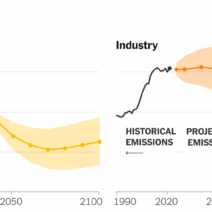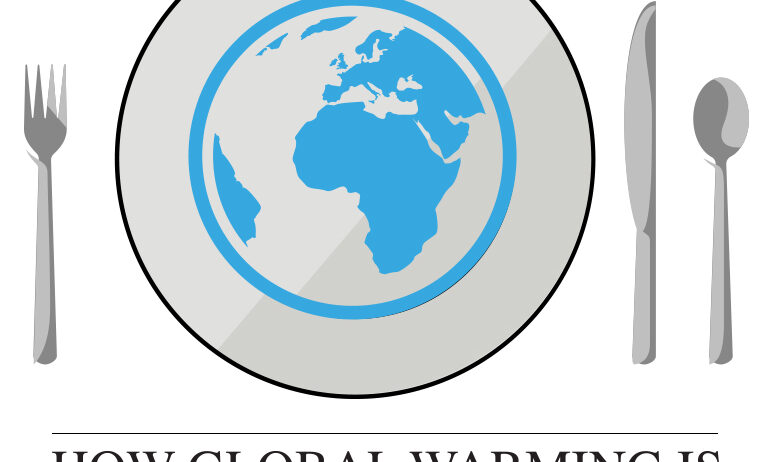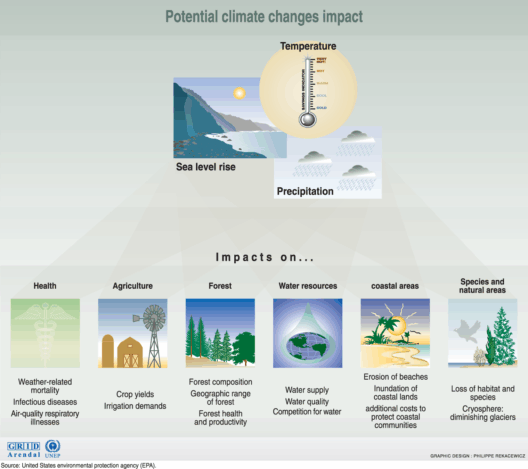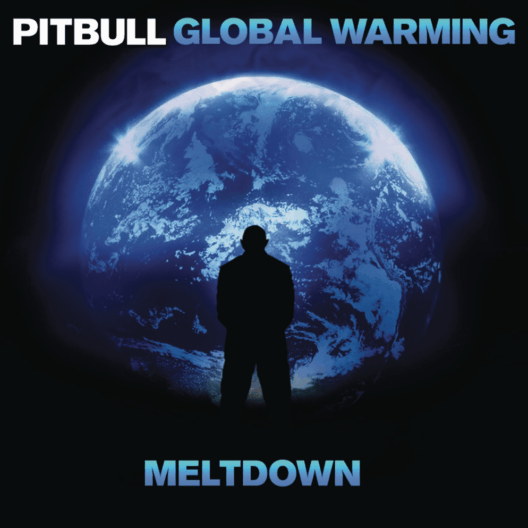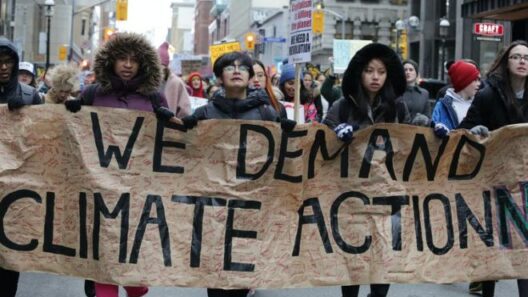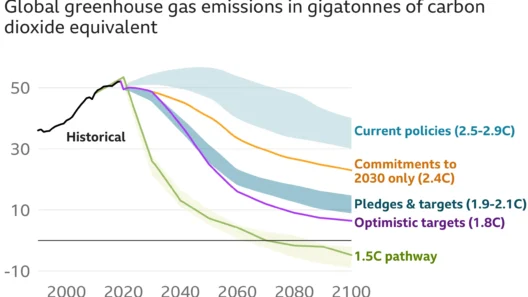Global warming has transcended being merely a scientific anomaly; it has morphed into a stark reality that extends beyond borders, affecting countries around the globe with an indiscriminate hand. This transformation of our climate system, primarily driven by human activities, has profound implications. It is essential to delve into how this phenomenon manifests across diverse sectors and geographic locales, revealing both immediate and long-term consequences.
In the Arctic, the startling phenomenon of melting glaciers serves as a glaring indicator of global warming. This region, once characterized by vast expanses of solid ice, is experiencing unprecedented shifts as temperatures rise. The implications are manifold. As ice caps recede, sea levels surge, threatening coastal communities worldwide. Notably, countries such as Bangladesh and the Maldives are acutely vulnerable, with their existence hanging delicately in the balance as they face the real possibility of submersion. Furthermore, the biodiversity of the Arctic is at risk as habitats for native wildlife erode, leading to cascading effects throughout the ecosystem.
Transitioning from the frigid North to the tropics, nations like Indonesia are grappling with the exacerbation of extreme weather phenomena, a direct consequence of warm ocean temperatures. The prevalence of severe droughts, followed by intense flooding, disrupts agriculture— a critical sector for many developing economies. Crop failures not only compromise food security but also challenge the livelihoods of millions. Indonesia is not alone; similar patterns emerge in other tropical regions, revealing a troubling trend wherein farmers are forced to adapt to increasingly erratic weather patterns, leading to a cycle of uncertainty.
In the developed world, countries like the United States are witnessing the deleterious effects of global warming firsthand. Wildfires have surged in intensity and frequency, particularly in the Western states. These conflagrations, fueled by prolonged drought conditions, impose a devastating toll on both human life and ecological systems. The charred landscapes, once vibrant forests, are stark reminders of the urgent need for proactive measures against climate chaos. Moreover, these events expose a deeper institutional challenge: the inadequacy of existing infrastructure to cope with the escalating demands posed by a changing climate.
Moreover, consider the economic dimensions of global warming, which ripple through international markets and supply chains. The interconnected nature of today’s global economy means that climate impacts in one region can reverberate across the globe. For instance, the prolonged droughts in Southern Europe have led to wine and olive oil production declines, sending shockwaves through global agricultural markets. Such events not only threaten the economic stability of nations but also hint at a unraveling of cultural identities tied deeply to traditional agriculture. Countries with rich culinary heritages face an uncertain future as climate change redefines the landscapes that have sustained them for generations.
The ripple effects of climate change are not confined to environmental or agricultural domains; they extend into the realm of human health as well. In many developing nations, rising temperatures are facilitating the spread of vector-borne diseases, such as malaria and dengue fever. These diseases thrive in warmer, wetter environments—conditions that are becoming increasingly common due to climate change. Thus, as countries grapple with the dual challenges of public health and economic stability, the need for robust healthcare systems becomes quintessence. This sobering reality demands a reevaluation of health policies and infrastructures globally, particularly in regions that are ill-equipped to handle such crises.
This interconnectedness underscores the need for international cooperation in the face of a phenomenon that transcends borders. Climate agreements, such as the Paris Accord, highlight a global recognition of the risks associated with unchecked global warming. However, the efficacy of such accords hinges on the commitment and transparency of nations to adhere to their obligations. The quest for sustainable development, therefore, becomes a collective endeavor, transcending political agendas and requiring a unified approach to mitigate the looming threats posed by climate change. The disparity in responsibility and vulnerability between developed and developing nations further complicates this landscape, necessitating a nuanced understanding of environmental justice.
Moreover, as nations employ various adaptation strategies to combat the perils of climate change—ranging from innovative agricultural methods to advanced water management practices—the importance of knowledge transfer and technological collaboration cannot be overstated. Countries that leverage their resources and expertise to assist those most affected can catalyze significant progress in the global fight against climate change. This dimension emphasizes that while impacts are felt locally, solutions can be informed globally, fostering a spirit of solidarity rather than isolation.
In conclusion, global warming represents a multifaceted crisis that reverberates across the globe, demanding our immediate attention and action. Whether through the melting of polar ice, the drought-stricken landscapes of the tropics, or health crises in developing nations, the manifestations of climate change are omnipresent and deeply interconnected. As we witness these changes unfold before our eyes, it becomes evident that combating global warming is not merely an environmental issue; it is a pressing moral imperative that necessitates collective action and shared responsibility. Failure to act decisively jeopardizes not only the natural world but also the social fabric that binds our global community. The time to act is now; the fate of future generations hangs in the balance, contingent upon the decisions we make today.

